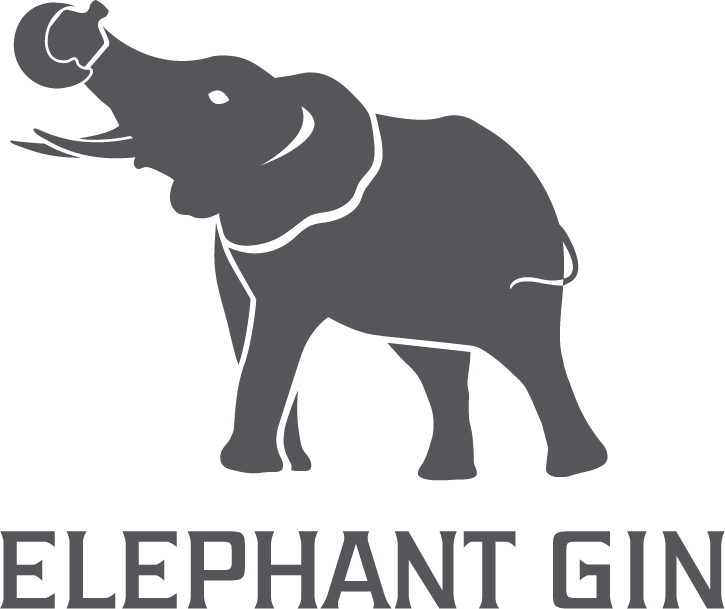- Choosing a selection results in a full page refresh.
- Opens in a new window.
Peremende

Born in 2008 to Pate, Peremende was a member of the so-called PA family, who were first sighted and photographed in 1973 by Cynthia Moss, a pioneering elephant researcher working along Amboseli Trust For Elephants.
Only a year later in 2009, Amboseli (Kenya) experienced the worst drought in living memory. By the end of that year 83% of the wildebeests, 71% of the zebras, and 61% of the buffaloes had died. More than 400 elephants perished from both the drought and an upsurge in poaching. The problem was that there was almost no vegetation left to eat. Amboseli always has fresh water because of the underground rivers coming from Kilimanjaro. These rivers create permanent swamps in the Park. So the animals did not die of thirst but rather from hunger. In addition, in the case of the elephants, as they weakened they appear to have succumbed to disease as well. To add to the troubles, the researchers witnessed an upsurge of poaching for ivory at the same time, possibly catalysed by the number of carcasses, and the desperate economic losses people in the ecosystem were suffering.
The calves were the first to go. There was nothing for them to eat and their mothers could not produce enough milk for them, especially as the calves got older. In 2008, 151 calves were born, which was a record. However, the next year these calves were just at the age when they needed to supplement milk with vegetation and there simply wasn’t anything they could eat. As a result 97 of them died during 2009. The calves born during 2009 also suffered but they did a bit better because they didn’t have to eat as much vegetation. Of the 85 calves born during the drought 38 died. The older calves were actually suffering more as they were lacking milk and vegetation in the times of drought, while Peremende was still only milk-dependant. Since then she has continued to grow strong and healthy.
Photo credit and text: Cynthia Moss, Amboseli Trust For Elephants, Susan Molloy


